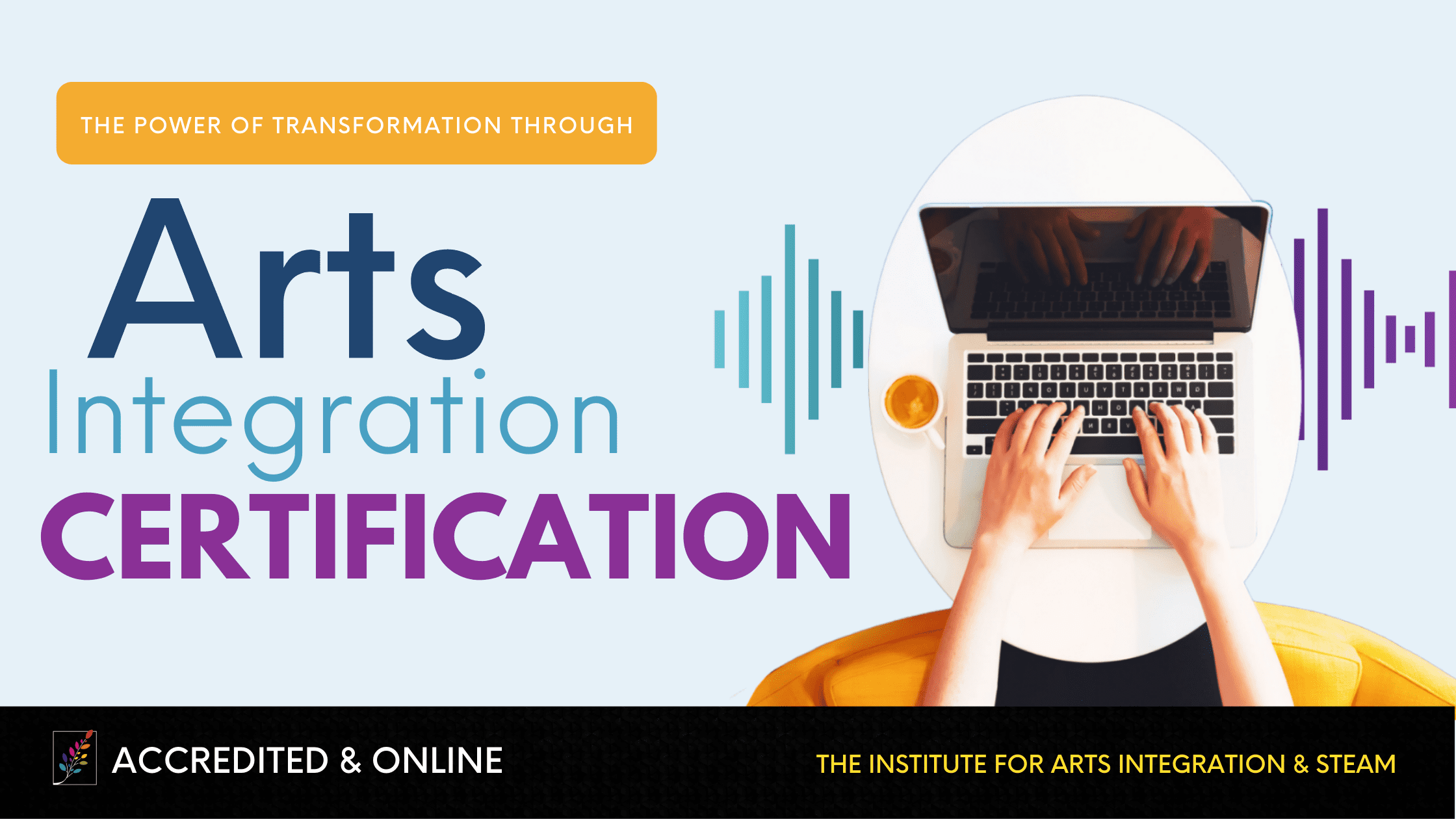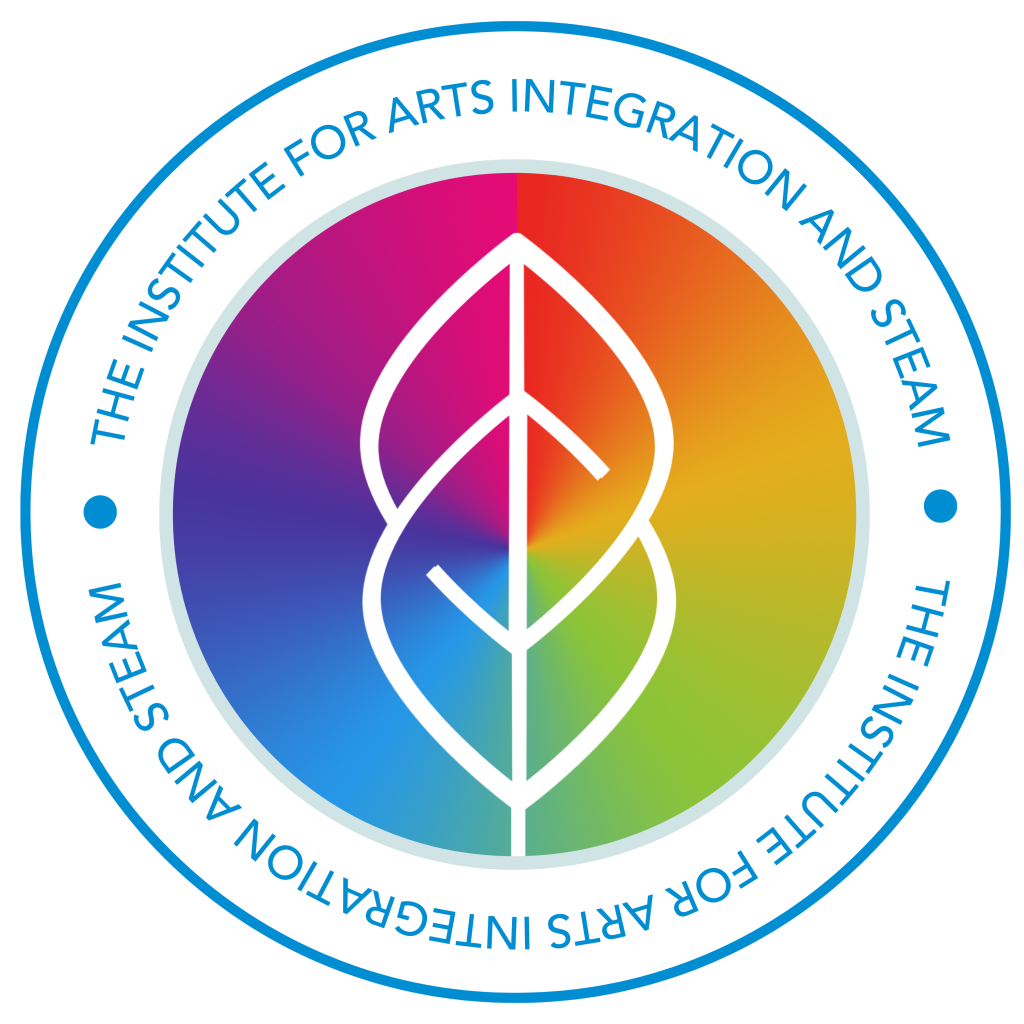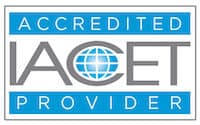Susan Riley | July 2012
The Math and Language of Photography
One of the areas so often left behind when thinking of Arts Integration strategies is photography.
What’s interesting is that this is the area that many classroom teachers want to focus on first. And why not? The art of photography has shifted and expanded to include so many more voices since the explosion of digital photography equipment and methods. It’s something many students enjoy, engage with, and can be manipulated through the use of technology and artistic point of view. Naturally, this should be an artistic area where we focus our time on making authentic, purposeful connections to content areas.
 Mathematic Development
Mathematic Development
One of the easiest ways to use photography is in connecting to mathematics principles, practices, and skills. Here are few suggestions to get you started:
Composition
Take out your closest camera (phone, digital camera or iPad will do) and look through the viewfinder to find your subject. Now, imagine that there is a grid that divides your screen into thirds across and down – 9 boxes. Photographers know that one of the secrets to great composition is through the rule of thirds. You want the subject that the audience should focus upon to be where the intersection of one of those imaginary boxes is on your screen. Obviously, this takes knowledge of division, ratio, fractions, and geometry to understand and use this element of photography.
Color Theory
Once you take your digital image, you’ll want to load it into a photography program of some sort. Almost all photography programs now have the ability to adjust saturation, vibrancy, and even alter the overall color of the image. By understanding how colors relate to each other and the relationship of ratios to hue (more or less of any given pigment will create a deeper or lighter shade) can help students create an image that makes a statement from their perspective, rather than the just sharing the simple subject on the screen.
 A Picture is Worth a Thousand Words
A Picture is Worth a Thousand Words
Cliche, but true! Photography can be a great way to connect to Common Core Reading and Writing Standards. Here’s a few examples of how:
Reading an Image
When teaching the elements of reading, educators often forget that we “read” in a variety of ways, not just in reading text. We read music, facial expressions and yes, images. By teaching students how to read a photographic image, we’re providing them with an opportunity to connect the elements of art to the story of the image. And by capturing their own images, students can read their own work and develop it into something of more value to them based on their original intention. As such, photographic images become a new way to compose student ideas.
Storytelling
Obviously, a wonderful way that photography connects to reading is through it’s innate ability to communicate a story with a singular image. By having students practice taking images that tell a story in some way (whether it be their own story or a story that they imagine when looking at the scene), we’re affording them a way to slow down, work through a process to utilize and manipulate the elements of photography (light, composition, shutter speed and focus, etc) to create the story they want to tell with or without words.
Hopefully, these ideas provide you with a starting point sparking your imagination for using digital photography in any content area.



